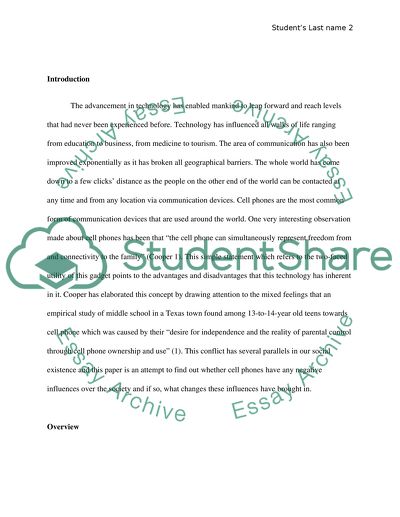Cite this document
(“Though cell phones have developed us technologically as a society, Research Paper”, n.d.)
Retrieved from https://studentshare.org/family-consumer-science/1405321-though-cell-phones-have-developed-us
Retrieved from https://studentshare.org/family-consumer-science/1405321-though-cell-phones-have-developed-us
(Though Cell Phones Have Developed Us Technologically As a Society, Research Paper)
https://studentshare.org/family-consumer-science/1405321-though-cell-phones-have-developed-us.
https://studentshare.org/family-consumer-science/1405321-though-cell-phones-have-developed-us.
“Though Cell Phones Have Developed Us Technologically As a Society, Research Paper”, n.d. https://studentshare.org/family-consumer-science/1405321-though-cell-phones-have-developed-us.


